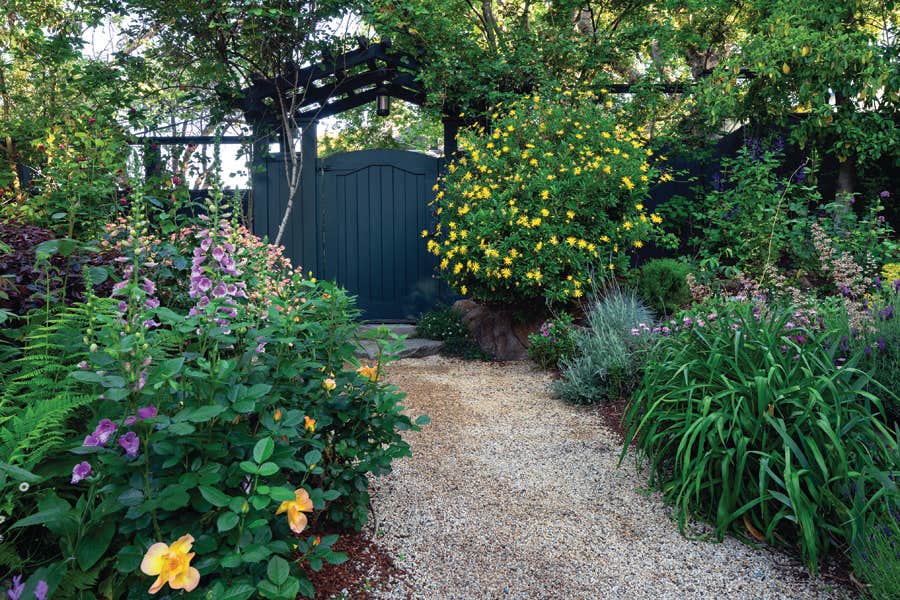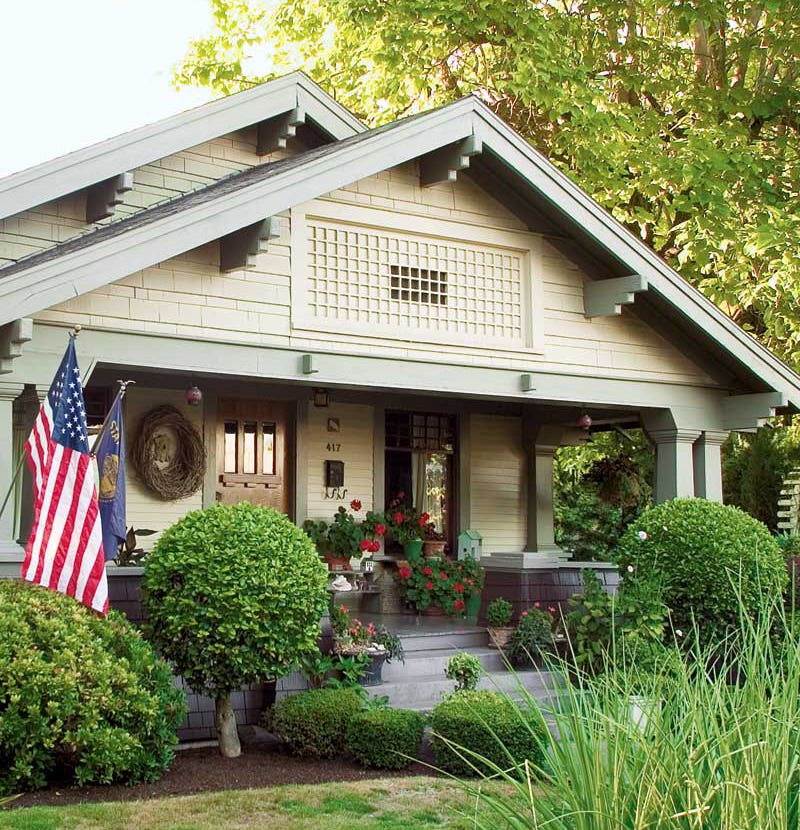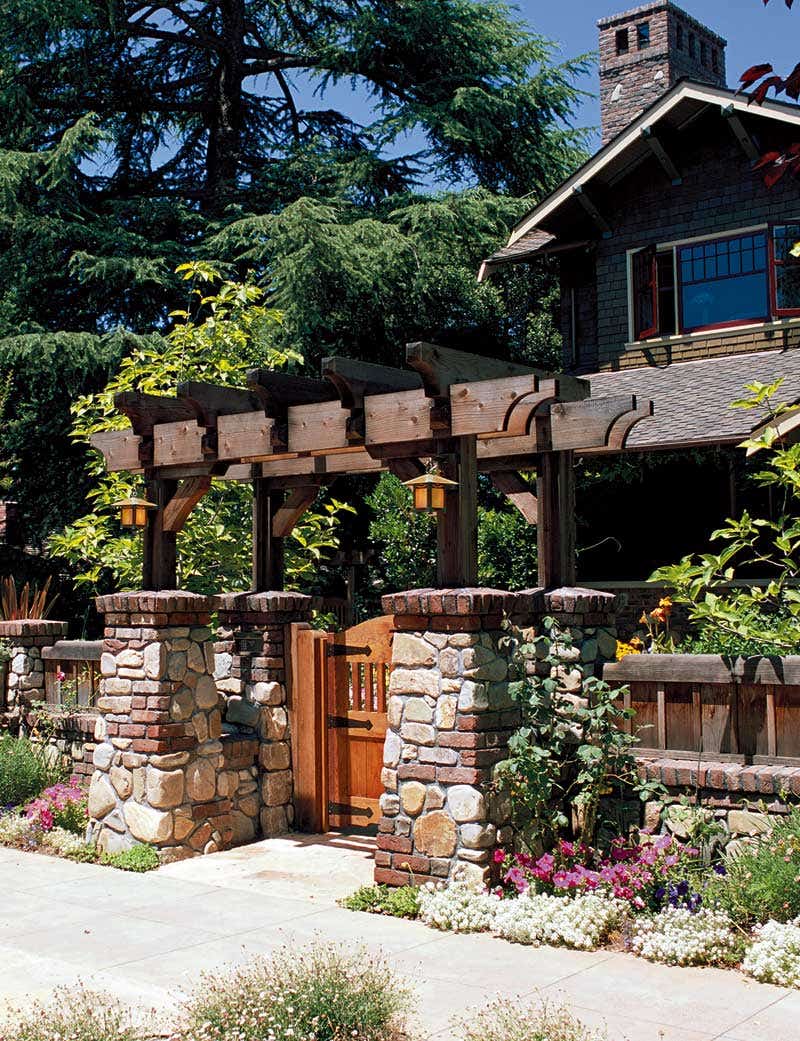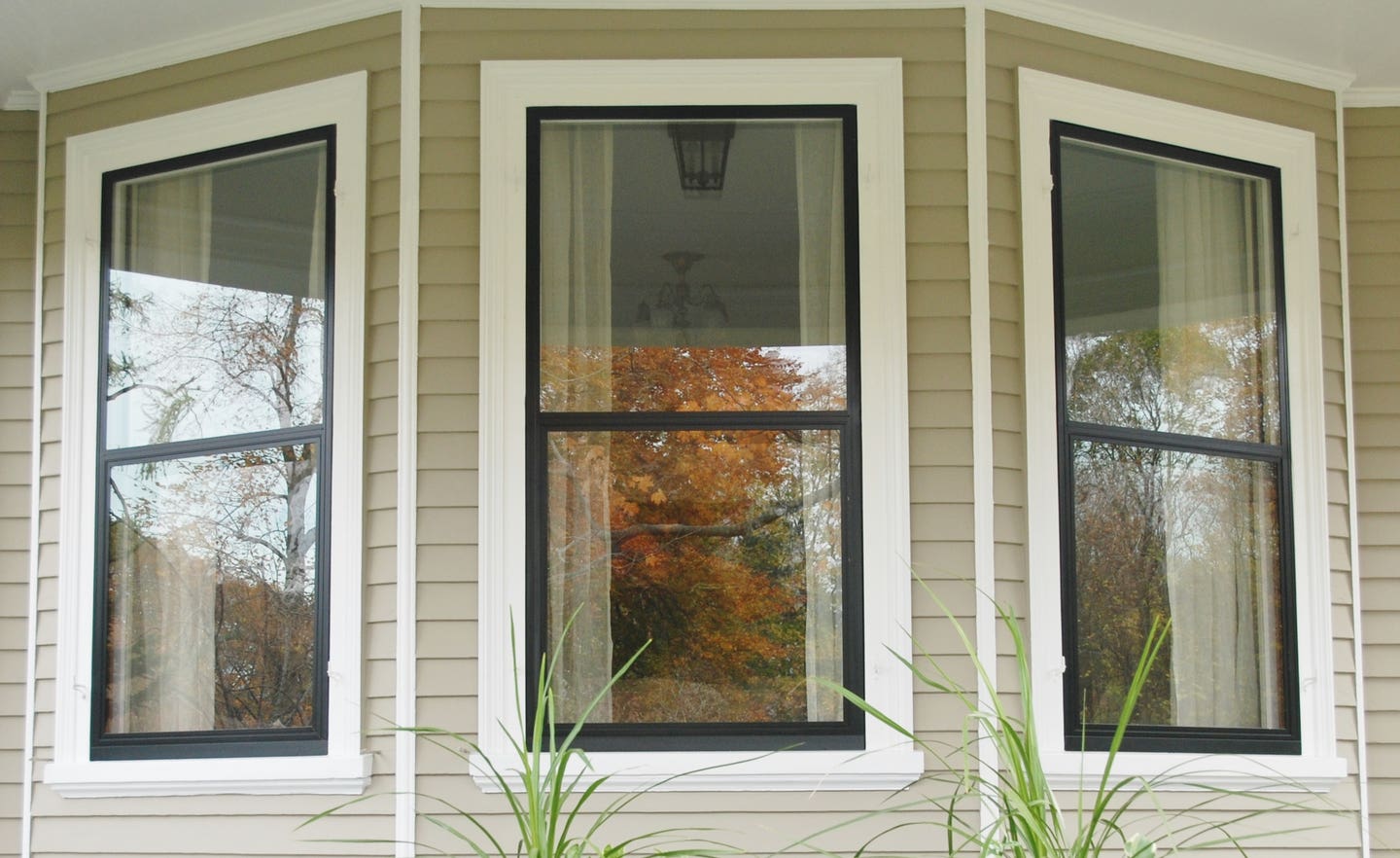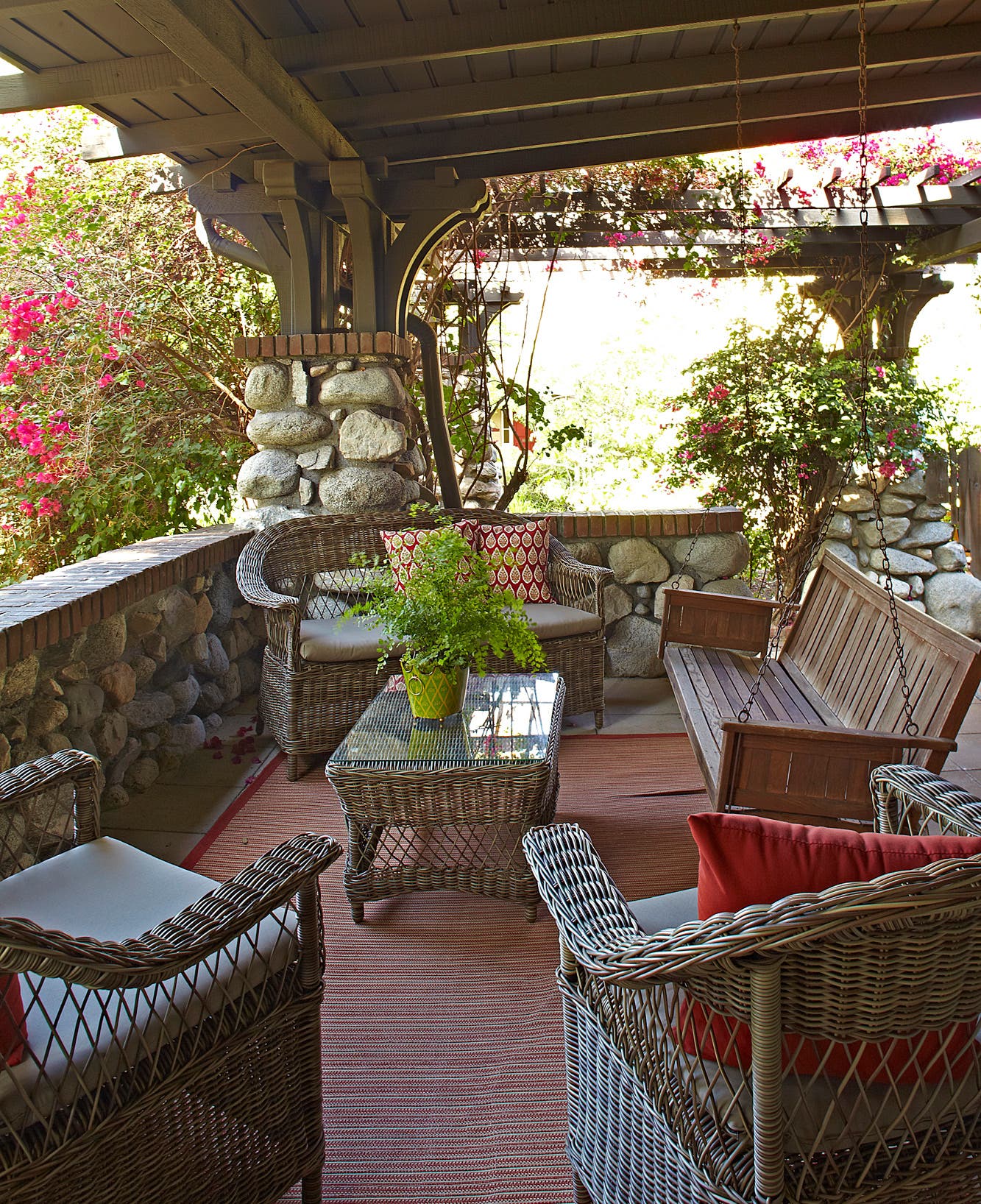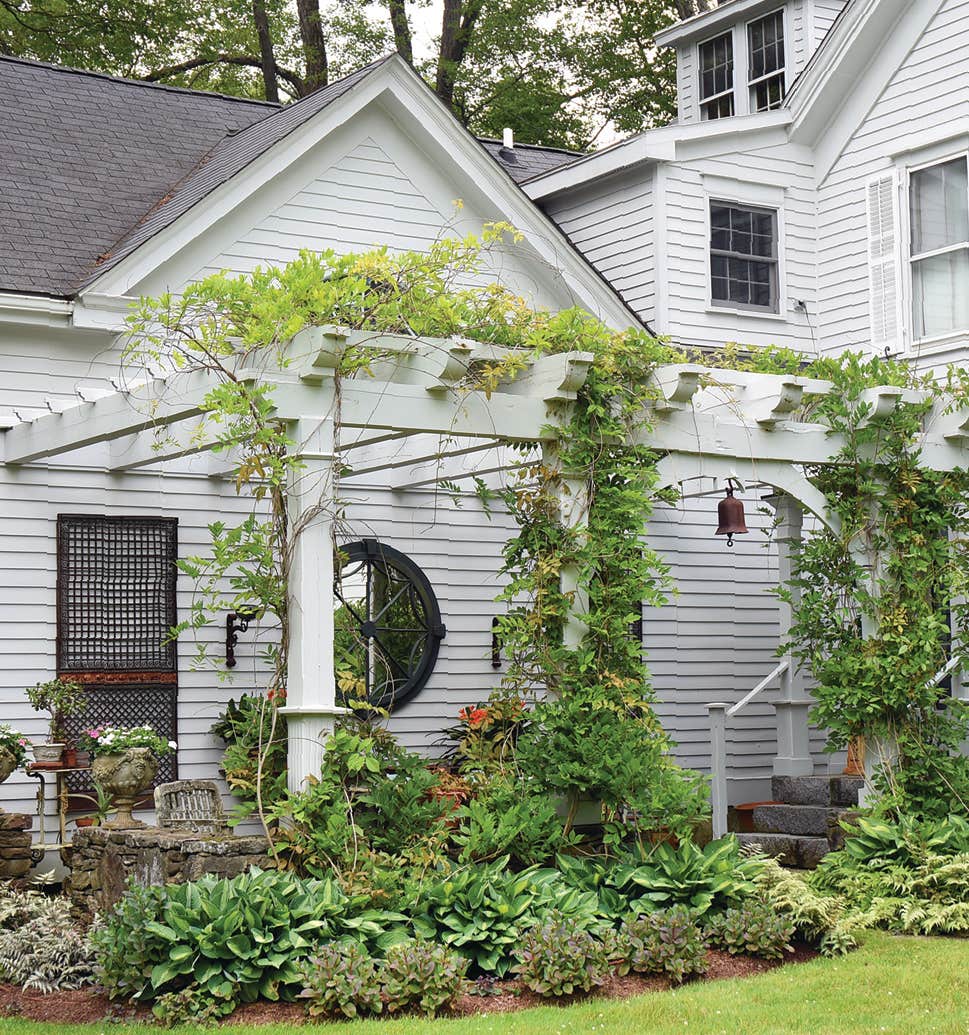What’s New in Garage Doors: High Tech Comes in Period Styles
Who knew? Carriage-house doors you’d swear were 100 years old roll up at the touch of a button. Garage doors made of composite and steel look as authentic as real wood.
The new garage doors not only faithfully reflect period styles, but also are state of the art in terms of longevity and durability, insulation value, even wind resistance in hurricane-prone areas. Garage door manufacturers ensure that your door opens with the convenience of modern technology even if it looks like it should swing out.
First a point of clarification: Even custom garage doors marketed as wood are seldom ALL wood, because most usually include insulation. Depending on the manufacturer, they are likely to be configured as a wood-framed door with a real wood exterior surface, backed by a polystyrene or polyurethane insulating core and sealed on the interior with wood, plywood, steel, or another material.
For most garage door companies that offer wood doors, it’s a given that the surface appearance can be configured in almost any panel or plank trim design—the idea being that you can match the door’s appearance to original details on the house itself. Most begin with traditional surface millwork (beadboard, flush board, or V-groove). The surface can be trimmed with relief pieces, such as horizontal and vertical boards, cross braces, half braces, and curved half braces.
Other detailing includes hardware that’s purely decorative (pull handles, clavos, and strap hinges, for example). Door glazing is offered in traditional configurations and in some cases, a choice of half-a-dozen glass types, from double-insulated clear to seeded, obscure, and pattern glass.
Faux wood doors are constructed from a composite polymer material molded from real wood boards to replicated the natural texture and grain patterns of various species. The composite cladding is adhered to the surface of a polyurethane foam insulated steel door. Composite offers some advantages to natural wood: it stands up well to temperature swings and extreme weather, and is resistant to cracks, splits and rot. Faux wood composite doors can also be painted or stained. A full range of styles, including carriage house doors with decorative windows and hardware are offered.
Steel doors have come a long way stylistically since the 1980s, when they dominated the market. Top-of-the-line series resemble the look and details of early-20th-century painted carriage-house doors. They require less maintenance than wood doors and are pre-painted with a baked-on factory coating. If you plan to use the garage as a workshop or play space, it’s a good idea to choose an insulated door. (The higher the R-value, the better insulated the door.) If you live in a cold climate, choose a steel door that has a complete thermal break system and a tight weather seal around all sides of the door and between sections.
Patricia Poore is Editor-in-chief of Old House Journal and Arts & Crafts Homes, as well as editorial director at Active Interest Media’s Home Group, overseeing New Old House, Traditional Building, and special-interest publications.
Poore joined Old House Journal when it was a Brooklyn-brownstoner newsletter in the late 1970s. She became owner and publisher and, except for the years 2002–2013, has been its editor. Poore founded the magazines Old-House Interiors (1995–2013) and Early Homes (2004–2017); their content is now available online and folded into Old-House Journal’s wider coverage. Poore also created GARBAGE magazine (1989–1994), the first unaffiliated environmental consumer magazine.
Poore has participated, hands-on, in several restorations, including her own homes: a 1911 brownstone in Park Slope, Brooklyn, and a 1904 Tudor–Shingle Style house in Gloucester, Massachusetts, where she brought up her boys and their wonderful dogs.



